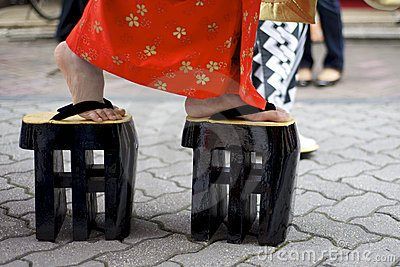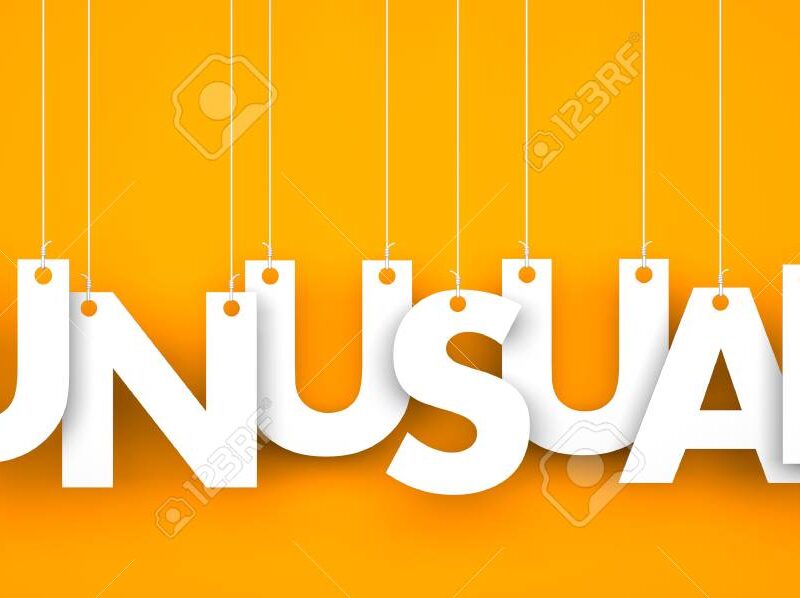Footwear does more than just protect our feet—it tells stories, reflects history, represents culture, and sometimes even symbolizes status and beliefs. From the intricate embroidery of Indian juttis to the straw simplicity of Japanese waraji, shoes are as diverse as the people who wear them.
Let’s take a step (pun intended!) on a journey around the globe to explore the most unique traditional footwear from different cultures.
👣 1. India – Juttis & Mojaris
In North India, especially Rajasthan and Punjab, you’ll find the colorful and elegant juttis and mojaris. These handcrafted leather shoes are often embroidered with silk threads, beads, and mirrors.
- Material: Leather base with detailed handwork.
- Occasions: Weddings, festivals, traditional functions.
- Fun Fact: In ancient times, royalty wore mojaris adorned with real gold threads!
These shoes are not only stylish but also symbolize heritage and artistry passed down through generations.
👣 2. Japan – Geta & Zōri
Japanese footwear is known for its simplicity and functionality. The most iconic types are:
- Geta: Wooden sandals with two wooden “teeth” and a fabric thong.
- Zōri: Flat-soled sandals made from rice straw or lacquered wood.
They’re traditionally worn with kimono or yukata, and their elevated design keeps the feet dry during rain or snow.
- Fun Fact: Modern flip-flops were inspired by Japanese zōri!
👣 3. Mexico – Huaraches
Originating from rural Mexican communities, huaraches are woven leather sandals perfect for warm climates.
- Material: Leather upper, rubber or leather soles.
- Symbolism: Represents indigenous craftsmanship and sustainability.
- Modern Trend: Huaraches have been reimagined by designers and are now sold globally.
Each pair tells a story of the local artisan who hand-makes them.
👣 4. Netherlands – Wooden Clogs (Klompen)
Dutch clogs or klompen are perhaps the most recognizable wooden shoes in the world.
- Use: Originally worn by farmers, fishermen, and factory workers.
- Durability: Offers strong protection from sharp objects and mud.
- Cultural Icon: Today, klompen are a symbol of Dutch heritage and are often bought as souvenirs.
Despite being stiff and heavy, they are surprisingly comfortable with wool socks!
👣 5. Turkey – Ottoman Bath Slippers
Step into Turkish history, and you’ll discover ornate bath slippers worn in the hammams (Turkish baths).
- Style: Often made of wood and decorated with silver, velvet, and embroidery.
- Function: Elevated soles to avoid the wet marble floors.
- Cultural Vibe: A blend of comfort, luxury, and cleanliness.
You’ll still spot replicas in modern spas and Turkish-themed resorts.
👣 6. Scotland – Ghillie Brogues
These distinctive shoes have no tongue and are tied around the ankle with long laces.
- Traditionally worn with: Kilts and Highland dress.
- Origin: Designed to drain water easily while crossing bogs and moors.
- Style Note: Modern ghillie brogues are sleek and often worn at weddings and ceilidh dances.
They blend function and fashion perfectly.
👣 7. Africa – Maasai Sandals (Tire Sandals)
In East Africa, especially among the Maasai people of Kenya and Tanzania, footwear is often made from recycled car tires.
- Eco-Friendly: A sustainable approach to footwear.
- Durability: Built to withstand the harsh terrain.
- Cultural Identity: Symbolizes resourcefulness and tradition.
Each pair is simple but built for miles of walking.
👣 8. China – Lotus Shoes
While no longer in use, lotus shoes have a complex history tied to the old Chinese tradition of foot binding.
- Size: Extremely small, often just 3–4 inches.
- Symbolism: Once considered a status symbol.
- Today: Kept as historical artifacts to educate about women’s roles in ancient China.
Though controversial, lotus shoes are a part of China’s complex cultural past.
👣 9. Alaska – Mukluks
Inuit and Yupik communities wear mukluks, warm boots made from sealskin, caribou, or reindeer fur.
- Purpose: Designed to insulate feet in sub-zero temperatures.
- Feature: Soft soles allow stealthy walking while hunting.
- Modern Versions: Now sold as luxury winter boots with fur trim and embroidery.
Mukluks prove how necessity creates innovation in extreme climates.
👣 10. Greece – Tsarouchia
These are the traditional leather shoes worn by the Evzones, the Greek Presidential Guard.
- Unique Trait: A big pom-pom at the toe!
- Design: Thick leather soles with nails for grip.
- Use Today: Still part of ceremonial military attire in Athens.
They combine national pride, strength, and tradition.
🧳 Why Cultural Footwear Matters
Understanding traditional shoes is more than just a fashion exploration—it’s a look into the values, environment, and lifestyle of different communities. Many of these styles have inspired modern fashion, while others are preserved as cultural artifacts.
Whether made for function, beauty, protection, or ritual, shoes walk us through history.
❓FAQs – Around the World in Shoes
Q1. Why are traditional shoes important?
A: Traditional shoes reflect the lifestyle, environment, culture, and beliefs of a society. They’re often handmade, rich in history, and play roles in rituals, ceremonies, or daily life.
Q2. Are traditional shoes still worn today?
A: Yes! In many countries, traditional shoes are still worn during festivals, weddings, and cultural events. Some, like huaraches and mukluks, are adapted into modern fashion as well.
Q3. Where can I buy cultural footwear?
A: Many traditional shoes are now sold globally through artisan websites, cultural marketplaces, or even on platforms like Etsy and Amazon. Just ensure you’re buying ethically sourced products that support local craftsmen.
Q4. What is the most famous traditional shoe?
A: It depends on the region, but Dutch clogs, Indian juttis, and Japanese geta are among the most recognized globally.
Q5. Can I wear traditional shoes casually?
A: Absolutely! Many traditional designs like juttis, huaraches, or mukluks have been modernized for everyday fashion. They add a unique twist to any outfit.
👟 Final Step – Take a Walk Through Cultures
From embroidered elegance to practical design, shoes around the world remind us that fashion and function can blend beautifully. Next time you buy a pair of shoes, think about the stories they might tell. Better yet—add a piece of cultural footwear to your collection and wear a bit of the world with pride.




I have read several good stuff here. Certainly worth bookmarking for revisiting. I surprise how much effort you put to make such a magnificent informative site.